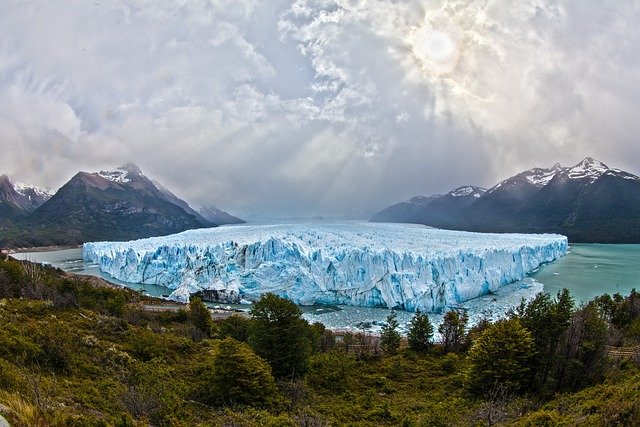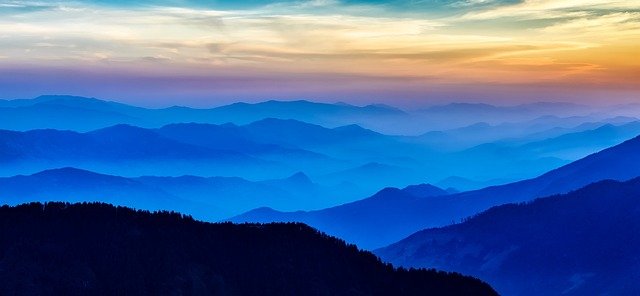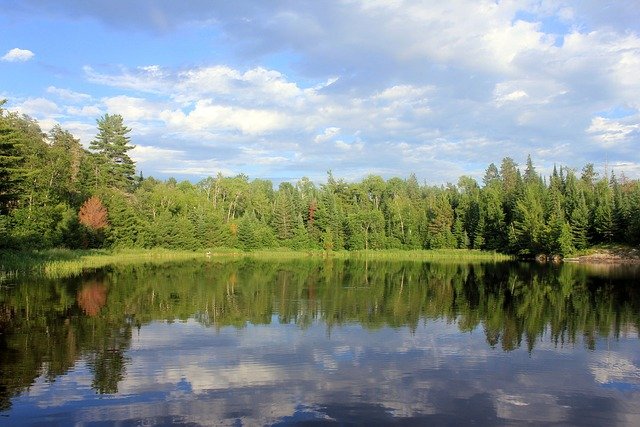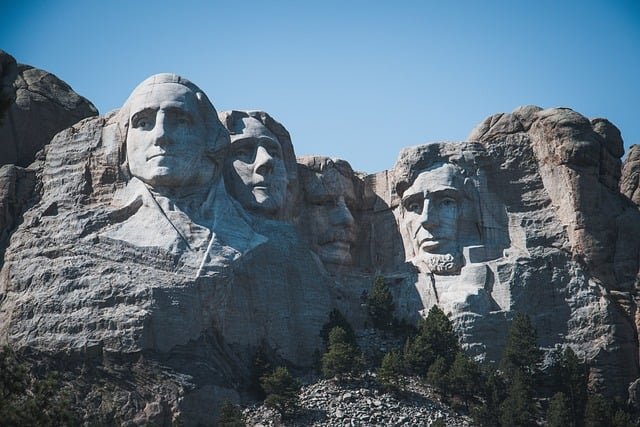Yellowstone National Park Flooding
Introduction
Yellowstone National Park Flooding, renowned for its thermal marvels, unspoiled hinterlands, and exquisite fauna, now grapples with inundation.
. And now, in recent years, extraordinary pressures and great challenges have been faced. This pressure is influenced by geysers, and hot springs, and other streams in the form of floods. Floods and mud deposits fell into it. The power line and park were damaged due to high water levels. and all the cities that were with him.
Understanding the Causes of Flooding in Yellowstone National Park
Yellowstone National Park, nestled within the vast expanse of the western United States, is distinguished by its awe-inspiring terrain and complex aquatic networks.. And this combination accounts for many of the flood patterns and the park’s deterioration. Although these floods or any type of flood are not entirely uncommon in Yellowstone, recent years have seen an increase in the severity of these flood forms.
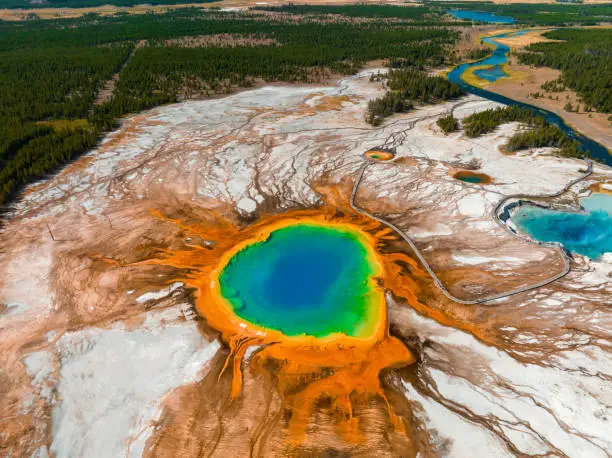

Climate change and Yellowstone flooding
As a result of global warming, the park is experiencing various forms of weather disturbance. Because warmer temperatures in the mountains are causing increased snowmelt, while On the morning of June 13, 2022, sudden and heavy rain storms are becoming more frequent. And now all these factors combine to further increase the risk of flooding. In some northern parts of the park, 7.5–9.6 heavy rains in 24 hours melted the snow, causing a lot of damage to the park
. The flood severely damaged homes, businesses and the economy of citiesThe flood became so intense and rapid that it destroyed the northern and eastern entrances between Wyoming and Gardner, Montana. In which La Mer Valley and Cook City would also come under the influence of this flood
Wildfires cause flood
At a glance, wildfires can further reduce vegetation cover and numbers, increasing the risk of soil erosion and flooding streams and rivers. The flow increases rapidly. This wildfire and soil erosion make flooding more likely, especially after a fire in the park.
Geothermal Activity
Yellowstone’s geothermal features, as geysers and hot springs, also cause ice to melt. Hot spring water plays an increasingly complex role in flood management. Increased geothermal activity can also lead to changes in the hydrological system and its activities, which can further alter the intensity of water flow and the intensity of this water flow can lead to localized flooding.


Impacts of Flooding on Yellowstone National Park
The inundation within Yellowstone National Park has wrought considerable havoc upon its natural habitats and the legions of guests it annually welcomes. The primary repercussions of such deluge have manifested as:
Damage to infrastructure:
The flood water has destroyed the roads and trails so much that the facilities of tourists visiting this park have been damaged, and the number of tourists in this park has decrease greatly. The overall experience of the park has disrupted its beauty to such an extent that the condition has necessitated costly repairs.
Erosion impact on Yellowstone National Park
The flow of this water was so fast and high that it changed the landscape, and along the path it flooded, it took over the vegetation along the way, including the park. Along with the animal habitats, the unique geological features of the park have changed its beauty, which makes it very difficult to recognize the park.
Water Pollution: Dirty and toxic flood water has brought so much pollution to the pristine rivers and lakes of the park that the color, quality, and aquatic life of the water have been affect.
Migration of wildlife:
The flood was so fast and large that it destroyed the forest. The heavy disruption caused by the toxicity of the flood has forced all wildlife to move to new areas. The food and drink of the animals were so hindered that the animals began to migrate.


Flood Recovery Efforts
Efforts to reduce flooding in Yellowstone National Park began on the same day. And the flood was brought under control within a short period of time. .
Riparian zone restoration;
The riparian zone has been restored to restore the rivers and land erosion that the flood damage.which will also improve the water quality. Land erosion in the areas will also be reduce, and native plants will be replanted in these areas. And this all floods, Yellowstone’s Historic Floods 1 Year Later. read more
Improving climate change
This flood made the weather worse. To mitigate this climate, the National Park Service, in collaboration with other organizations, is working to reduce carbon emissions and climate change to create a better climate. A climate organization was create.
However, the water quality and the affect areas were restore within 2 days. In the same way, the electricity line that fell due to the flood was also restore within 48 to 50 hours. The direction of dirty water was also change.
The following instructions for the public to drive on the road
Motorists are obliged to regulate their velocity within the range of 18 to 25 miles per hour.
Regarding Yellowstone National Park, its illustrious geothermal phenomena and fauna magnetize a plethora of sightseers.
Is Yellowstone Park close because of floods?
yes
This park is now open; previously. All roads were closed on October 31, 2023, and Bear Tooth will also be a band.
How often does Yellowstone Park close?
It is open throughout the year. It is open 24 hours. The north and east routes are open throughout the year. It includes (Gardiner, Mt. Cook City.


